Exclusive: The World Gathers in Budapest To Change Water Polo
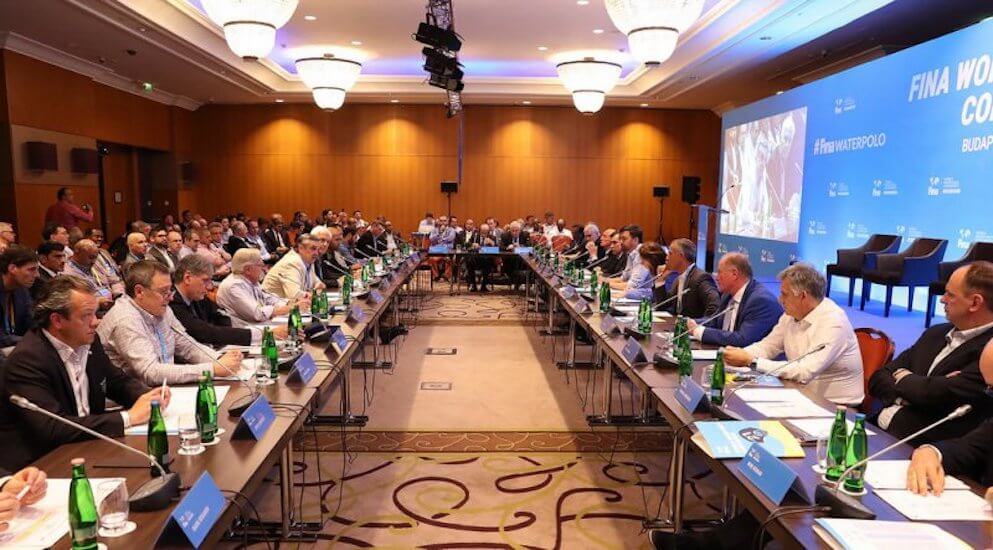
By Michael Randazzo, Swimming World Contributor
Editor’s note: For three days (April 26-28) 244 delegates from 100 countries gathered at Budapest’s InterContinental Hotel to discuss current and future prospects for water polo, the oldest Olympic team sport. Streaming media of the conference proceedings can be found here.
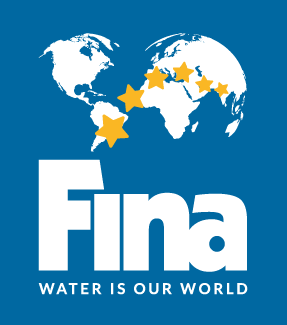
The 2018 FINA World Water Polo Conference that concluded yesterday featured more than 40 lecturers who led discussions about the sport’s rules, development, branding, event organization, sport presentation, Olympic challenges, image and communication, technology and innovation.
As cited by a FINA press release: “The water polo community agreed that changes are needed to adapt this spectacular discipline to the requirements of a very challenging sport environment. Moreover, it was stressed this renovation must be implemented as soon as possible.”
Former Hungarian Olympic coach Denes Kemeny, who won Olympic titles in 2000, 2004 and 2008, was quoted as saying: “The water polo family needed this reflection to move ahead. During the conference [it was] noted that water polo requires stars. It is a fact: we need stars in our sport. We need to popularize our players and make the sport more appealing to a younger audience.”
Kazakhstan’s Andrey Kryukov, Bureau Liaison for FINA’s Technical Water Polo Committee (TWPC), said that the future of water polo lies on three principles: “Credibility, Sustainability and Youth. Water polo needs to implement and reinforce these principles.”
Courtesy of one well-placed attendee, Swimming World has exclusive observations about this seminal conference that promises a new direction for the sport.
– General overview of the conference
The conference covered just about every aspect of water polo. It was not as much a working conference, but more presenting and informing everyone about every aspect of the sport that we need to work on. Most of the legwork was done before the conference and from the results of two previous working groups in Barcelona and Switzerland. In addition, the results of surveys sent out to all of the countries that play water polo were presented. It is what we have suspected: quite a few countries play some kind of water polo; but there are not that many that actually compete at the higher youth, junior or senior international level.
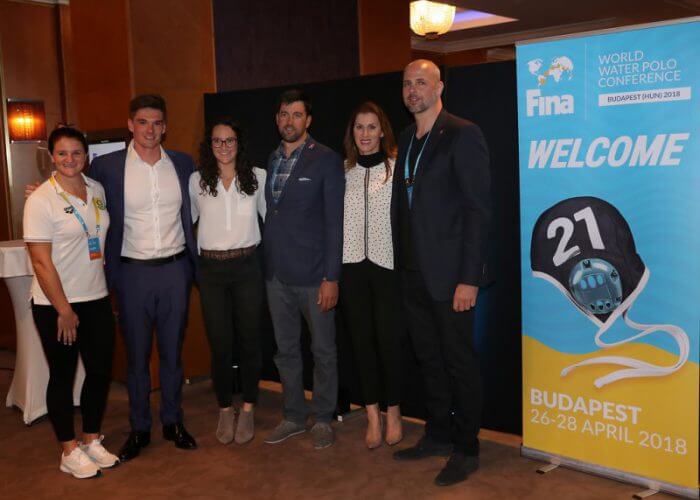
Kelsey White, Aaron Younger, Maggie Steffens, Aaron Feltham, Panel Presenter, Istvan Gergely. Photo Courtesy: FINA
FINA did a great job including developing countries from Asia, Africa and South America. One thing that was emphasized was FINA’s plan for development of the sport in many other countries in the world. They are providing financial and technical help to many of these countries, as well as coaching and player clinics.
The main problem that FINA can’t solve is the lack of swimming pools in many of these countries. There was also talk about the future of beach water polo as a way to get many more people started in the sport. It’s a way for countries with lack of pool facilities to play the game in rivers, lakes and in the sea.
– To increase broadcasting, fill the stands and silence the whistles
Some of the biggest emphasis was on marketing, promoting and branding water polo. NBC’s Peter Diamond talked about television broadcasting, and there were results of marketing surveys detailing what people did or didn’t like about the sport. The advice that Diamond gave about TV broadcasting was: “Fill the stands” and “Get rid of the whistles.” Everybody was given the opportunity to say their piece, including a group of coaches and group of athletes. There was a consensus that streaming, rather than TV is the way to go for water polo. It costs much less to put on and reaches more people.
– Examining the rules: significant changes proposed for 2020 Olympics, including for center play
A set of 20 rule changes were proposed for future testing during the next four years. The rules that can be decided on by November will be adopted for the next two and half years for the 2020 Olympics, while the ones that need further testing will be adopted for 2024.
Everyone agreed that ordinary fouls have outlived their usefulness and are trying to eliminate most of them. Some tests have already been done—experimental games in which most fouls, like hold, sink and pull back or impeding were punished with exclusions and counted as personal faults. The result was a dramatic decrease in fouls and whistles in a game. Apparently the rule is already in the rule book that hold, sink and pull back is an exclusion foul.
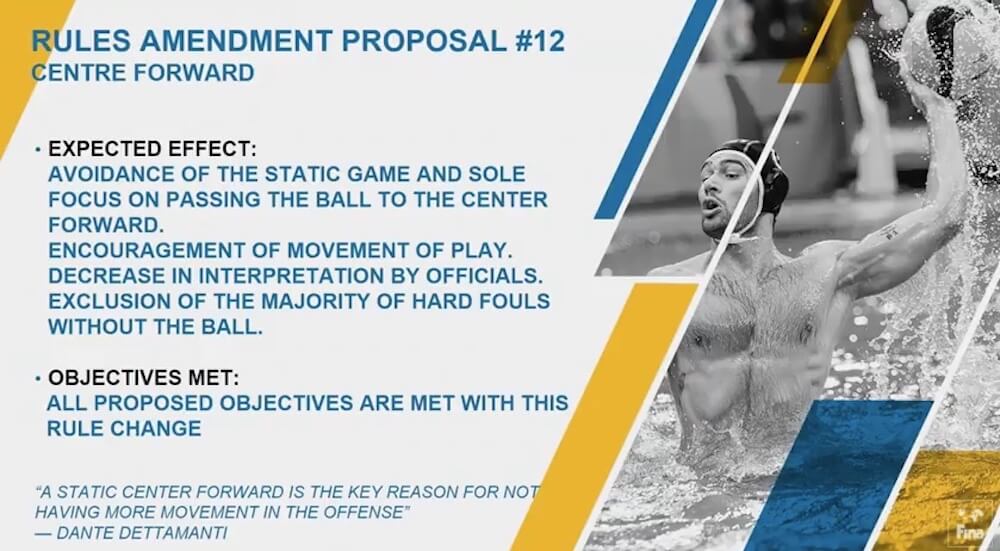
Photo Courtesy: FINA
The other major concession was the elimination of the static center. It hasn’t been decided how this will be implemented, or when it will be adopted; but a major change like this will be for the 2024 Olympics. The two most common methods of imposing this rule seems to be: 1) the 3, 4 or 5 second lane rule between the posts and inside the 5 (similar to the basketball 3-second lane rule); or 2) a rule requiring anyone entering that area in front of the not be able to stop, unless they are receiving the ball dry. This will take a great deal of experimentation before it is adopted. Another important change was the adoption of the 6-meter penalty shot; but with fakes and the goalie being allowed to move; and the shot after foul also being moved out to 6 meters.
– Coffee breaks key to a great conference
The great thing about a conference like this are the ideas that are passed around during coffee breaks and cocktail hours. The consensus of a group of International coaches during dinner was that re-writing the rule-book is even more important than new rule proposals. Re-doing the rules to make them easier to understand has to come first. The FINA committee is aware of this and will do a re-write this next year. The holding problem wasn’t talked about that much during the conference (the TWPC is aware of this), but it was certainly discussed by the coaches.
– Ending on a high note: Koganov and Krikorian emphasize innovation and progress
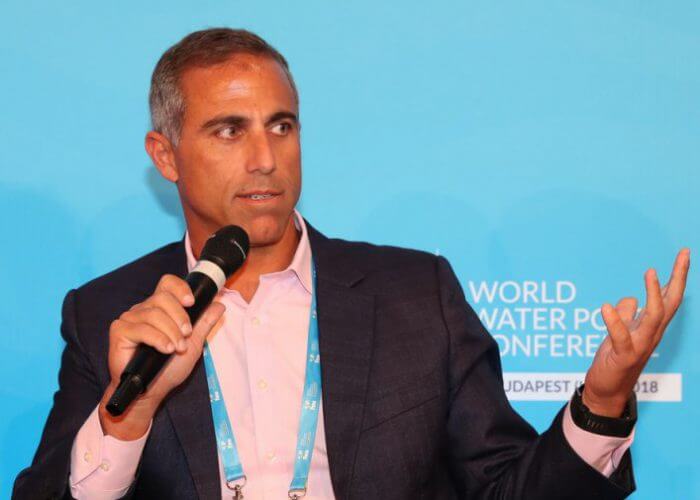
Adam Krikorian. Photo Courtesy: FINA
The final day was a wrap-up on what was achieved during the conference. Mark Koganov, FINA Technical Water Polo Committee Vice Chairman, summarized the testing of new rules by federations. FINA has the testing pretty well figured out, including the criteria, statistics, dates of testing, etc. The rules that don’t need a lot of testing will be done at the FINA cup and voted on in November for insertion into the rule-book for 2020 Olympics. The big ones—like the moving center—will be tested in the next four years and likely be voted on for 2024. The re-write of the rule book will be done in 2019.
Adam Krikorian, head coach U.S. women’s team, closed the conference with an upbeat and positive speech on the future of water polo. He said we have to take advantage of this opportunity and act now to ensure that our sport will be successful.
The greatest thing about the congress was that water polo showed what it can do when everybody is on the same page and working together for the future of our sport.



